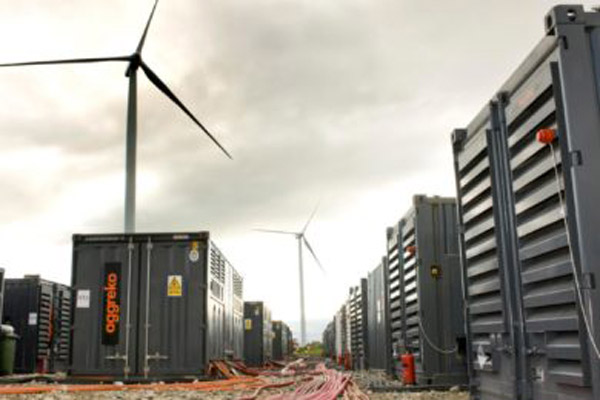Hybrid energy microgrid ideal for mines: Aggreko

OIL AND GAS NEWS
Aggreko has advocated use of hybrid energy microgrid that combines renewable energy like solar and wind with energy storage and generators to create a self-sufficient, resilient energy system for mines.
Thanks to intelligent control systems that help optimise the microgrid's assets and to the support of batteries or other storage solutions, renewable energy can be smoothly integrated into the energy mix, reducing the utilisation of diesel generators and unreliable grid, said Aggreko, the global supplier of mobile and modular power.
The hybrid approach allows mines to manage costs and gain energy independence. Even when grid power is cut, the microgrid keeps essential operations running. These smart, mini-grids are modular and can start small, and then scale up as needed, said Aggreko Africa, Middle East and Asia.
Key benefits
The key benefits of hybrid microgrids include utilising cheap, clean renewables to reduce fuel expenses; maintaining critical loads during grid failures with diesel and batteries; operating autonomously when islanded from the main grid; increasing energy efficiency with real-time monitoring and controls; and enabling staged investment matched to energy priorities.
By mixing clean and conventional resources, mines gain efficiency, savings, and supply resilience. Modular microgrids are an essential building block for the mine of the future.
Leveraging the knowledge and experience in delivering projects on a global scale, Aggreko can offer energy services that are customised on the specific mining needs, with a proven track record in delivering energy solutions that are resilient and support your mine energy transition journey.
The dramatic declines in costs for renewable energy sources like solar and wind over the past decade have made them competitive alternatives for mining operations seeking to lower energy costs and increase sustainability.
Financially attractive
According to the International Renewable Energy Agency (Irena), the global weighted average levelised cost of electricity (LCOE) for solar PV declined by 85% between 2010 and 2019. Onshore and offshore wind have seen LCOE declines of 49% and 35% respectively over the same period. These cost reductions make wind and solar financially attractive options compared to more expensive fossil fuel sources.
Beyond cost competitiveness, renewables offer sustainability benefits that are increasingly valued by mining companies and demanded by investors and regulators. Solar and wind generation creates no direct carbon emissions, allowing mining firms to reduce their carbon footprints. This supports environmental goals and helps companies prepare for potential carbon regulations and taxes. Renewables can also provide energy access to remote mining sites without reliance on diesel fuel that must be trucked from long distances.
The modular and scalable nature of solar and wind lends itself well to mining operations looking to incrementally add generation capacity it should not be underestimated the level of complexity in being integrated into the energy mix with traditional power generation systems.
While renewables alone may not provide 24/7 baseload power, given their unprogrammable nature, can notably decrease the level of reliability of a power generation system that needs to be addressed accordingly to the specific mining needs.--TradeArabia News Service
